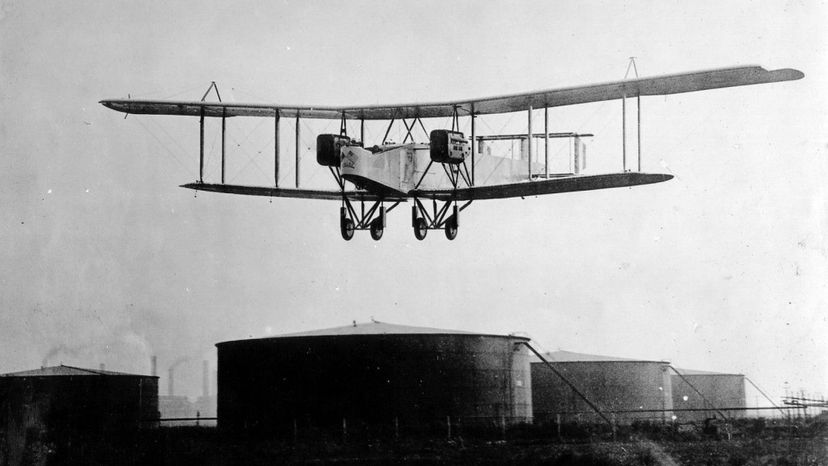
About This Quiz
Air superiority during World War I was a new concept, as planes were relatively new at that time as well. The Allies and the Axis fought back and forth for it, trying to get the upper hand in the battle. The First World War was a significant time for aircraft development. Which World War I aircraft is the most memorable for you?
Do you know which planes were favored by which countries? Do you know the types of planes that were used to fight? What about the people who flew them and their accomplishments? It took many types of planes and people to fight from above in the war, make sure you know some of the most important ones!
Do you know what engines were the most popular in combat planes? How about the tactics and formations used to dominate the air? Do you know how pilots first fought each other from above? Air combat was new territory at the time of World War I, and both sides of the war had a lot of learning to do.
Without World War I air combat, the planes we know today could have been totally different and less advanced. So, if you think you're an expert on the war from up above, take your shot at this quiz to see your score!
Advertisement
Advertisement
Advertisement
Advertisement
Advertisement
Advertisement
Advertisement
Advertisement
Advertisement
Advertisement
Advertisement